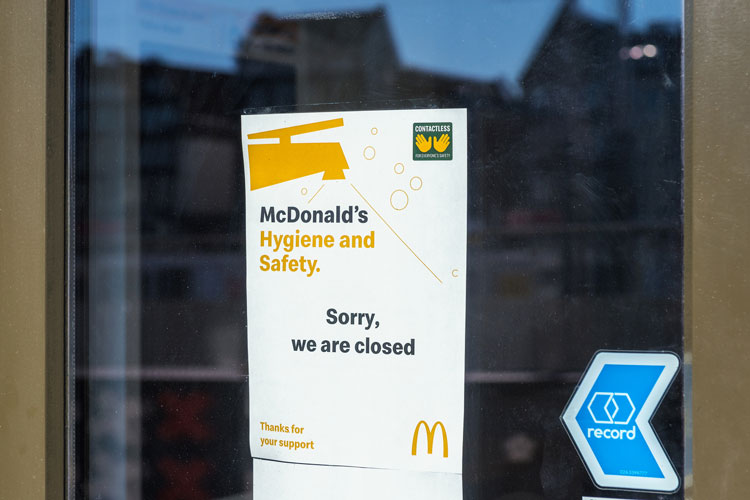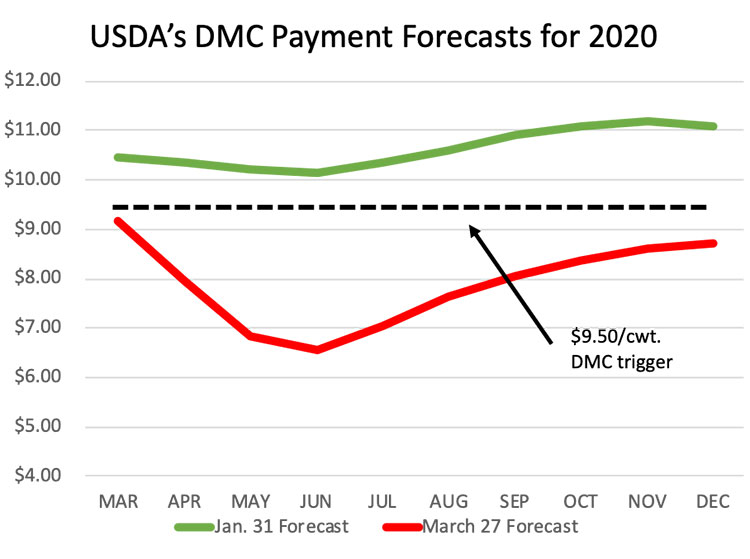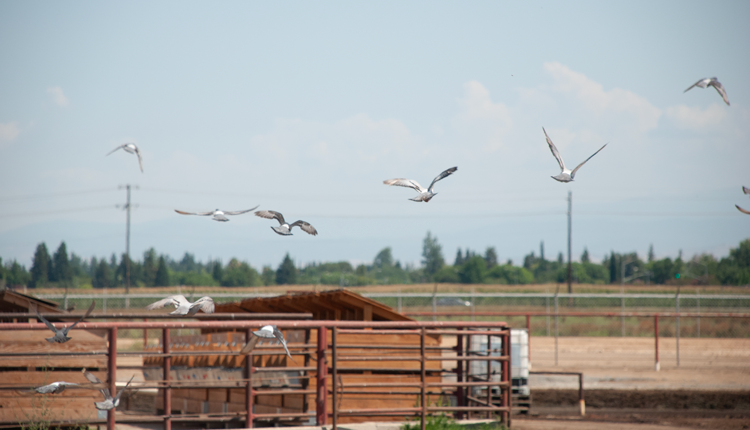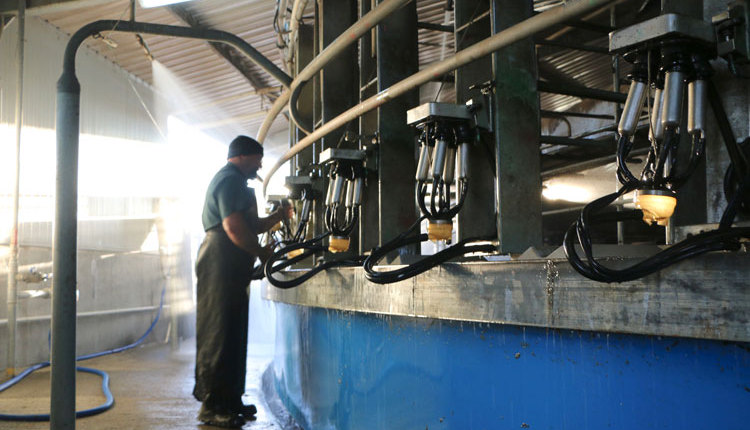
As milk prices drop dramatically and the nationwide coronavirus crisis disrupts workforces and buying patterns, dairy has responded with a coordinated response. That includes informational resources quickly made available to farmers and an organized effort to gain needed relief for producers and the entire supply chain.
Among agricultural commodities, the novel coronavirus holds special frustration for dairy. That’s because dairy had just begun to emerge from a half-decade price slump, only to plunge into another major hit to farmer finances.
Revamped DMC forecast
At the end of January, USDA-reported calculations showed dairy margins higher than the $9.50 per hundredweight (cwt.) level, below which federal payments under the Dairy Margin Coverage (DMC) program are triggered. By the end of March, that rosy forecast had collapsed. Margins now are predicted to be well below $9 per cwt. for the rest of the year . . . bottoming out in June at $6.55 per cwt.
When we set up the DMC program it was to help protect dairy farmers in potentially low-margin situations such as we are now in. Unfortunately, too many producers did not take advantage of the coverage that was available to them this year and we are now engaged in efforts to address this problem.

Foodservice has fallen off a cliff
In addition to DMC, there is growing concern across the industry and across the country that market and supply chain disruptions are beginning to create problems in milk processing as a lot of manufacturing plants targeting foodservice have virtually no business. While many retail dairy product sales have grown in recent weeks, restaurant and foodservice sales – which traditionally consume vast quantities of cheese, butter, and numerous other dairy products – have fallen off a cliff.
As processing plants close or cut production schedules, this is creating a supply of milk that doesn’t have a home. Working to address these problems — through government dairy product purchases for food banks — are also key areas of work with policymakers.
A COVID-19 dairy resource site
The National Milk Producers Federation formally began its coronavirus response efforts by creating an informational web page on March 6, roughly one week before a nationwide wave of closures and cancellations arrived in full force. Since then, the site, www.nmpf.org/coronavirus, has been continually updated with sections devoted to farmers, employers, and processors.
The Farmer Handbook includes best practices for managing the coronavirus threat on the farm and a template work permit that employees may carry, to remind relevant authorities that agriculture is considered critical infrastructure by the Department of Homeland Security. Those are available in both English and Spanish.
There is a twice-a-week podcast series in which NMPF experts are addressing issues the crisis holds for dairy. Topics so far have included:
- Why U.S. milk supplies are safe by Dr. Jamie Jonker, NMPF’s vice president for sustainability and scientific affairs
- Milk shortages in grocery stores and potential supply-chain disruptions by Clay Detlefsen, NMPF’s senior vice president of regulatory and environmental affairs and the private-sector chair of the U.S. government’s Food and Agricultural Sector Coordinating Council
- How dairy-farm stewardship is adapting to coronavirus by Emily Yeiser Stepp, head of the National Dairy Farmers Assuring Responsible Management (FARM) Program
- What’s in a new federal stimulus package for dairy by Paul Bleiberg, NMPF’s vice president for government relations
- The Need for Dairy Advocacy by Chris Galen, NMPF's senior vice president for membership services and strategic initiatives
Dairy’s proactive approach
NMPF has been consulting with dairy cooperative and industry leaders throughout the crisis to shape policy proposals to protect all of dairy. As store shelves emptied and supply chains began to show signs of strain, NMPF held a special conference call of its executive committee of cooperative leaders, discussing strategies to help manage the unfolding crisis, and is regularly consulting that body as situations evolve.
That leadership from farmer-owners, combined with collaboration with colleagues at the International Dairy Foods Association, Dairy Management Inc., U.S. Dairy Export Council, state and regional dairy organizations, and the entire supply chain, have helped develop NMPF responses.
Dairy farmers and farm workers, despite the health concerns, continue to work around the clock. Milk haulers continue moving milk to processors; the farm feed, supply, and veterinary systems keep providing for animals; and manufacturing plants continue processing milk into wholesome, nutritious products. In a time of crisis, the dairy industry must be united. That unity will be necessary in the months and weeks ahead, as the entire dairy community faces a challenging outlook together.










